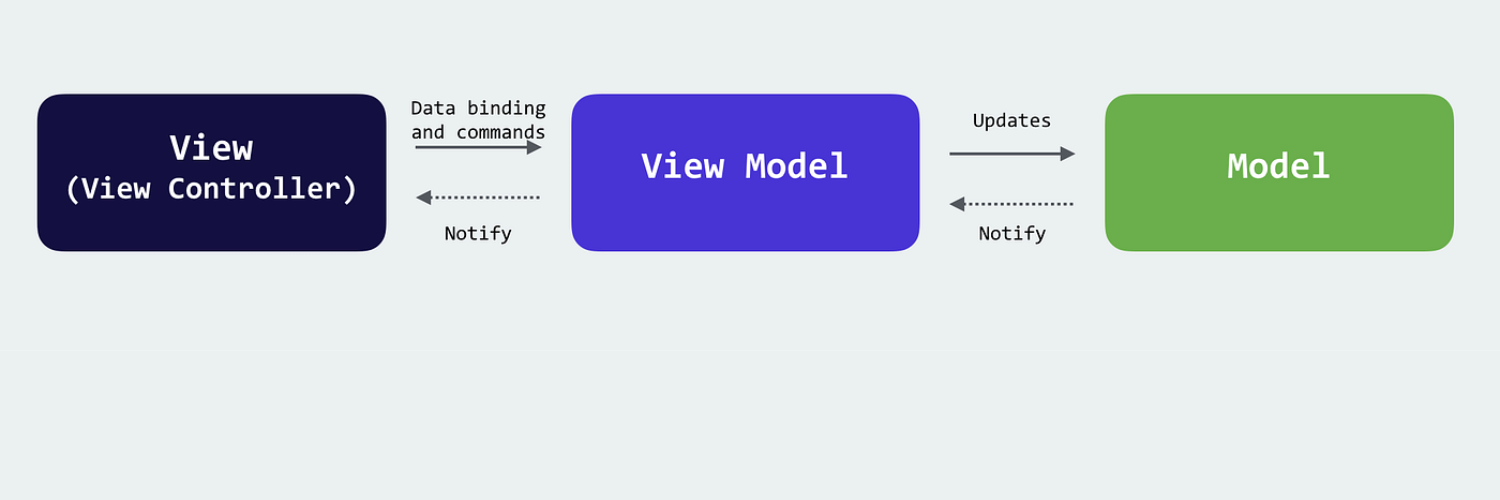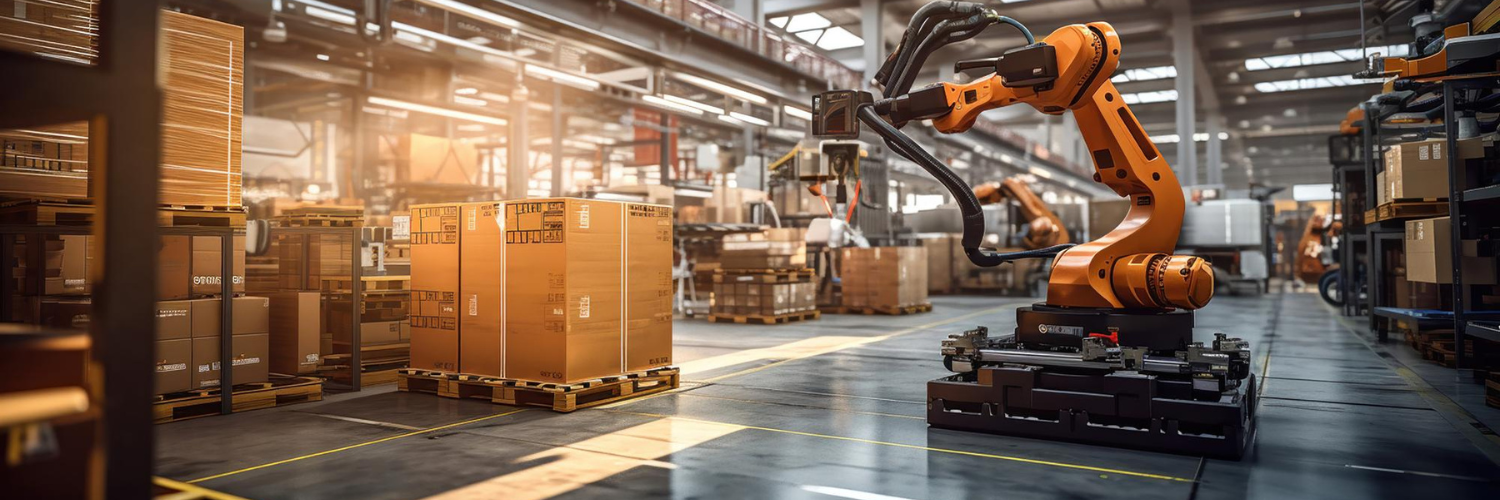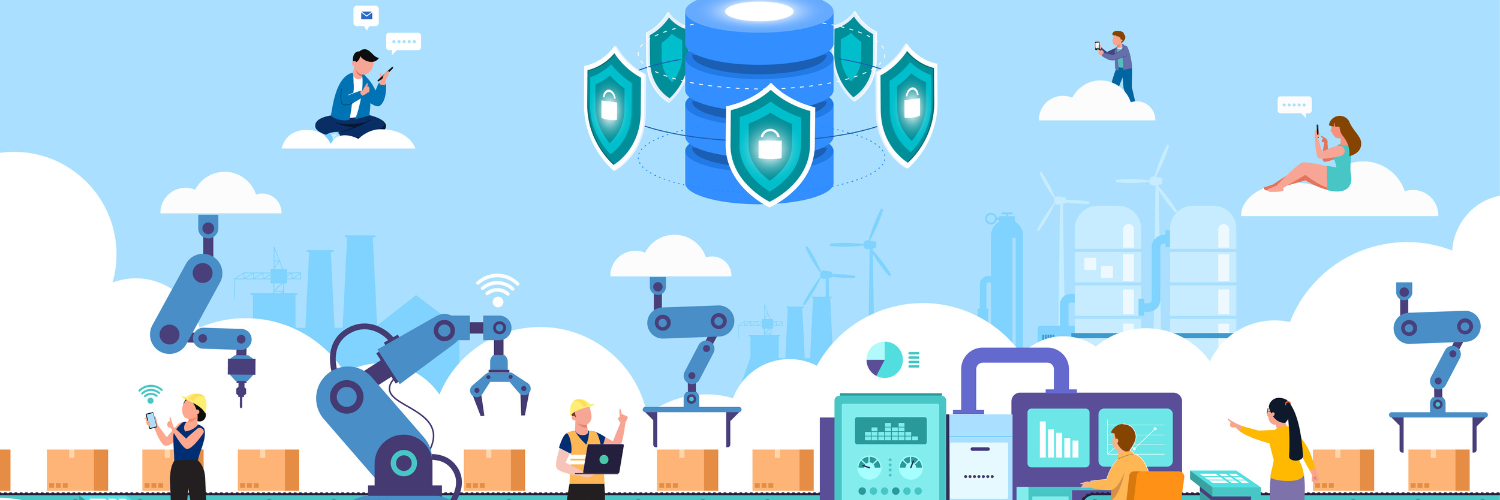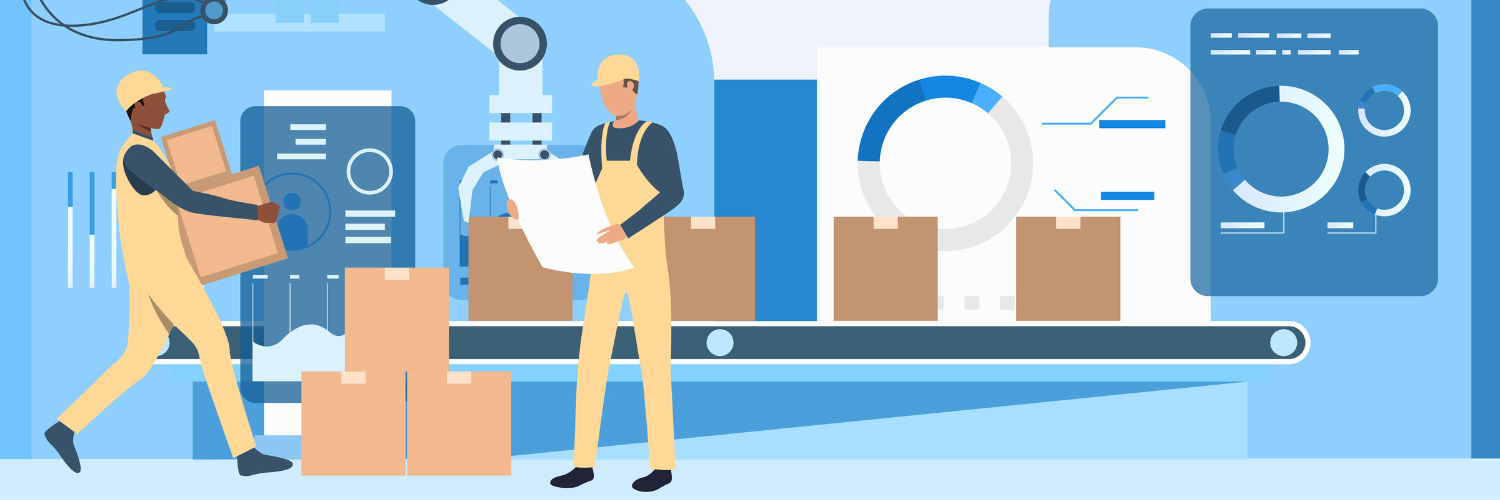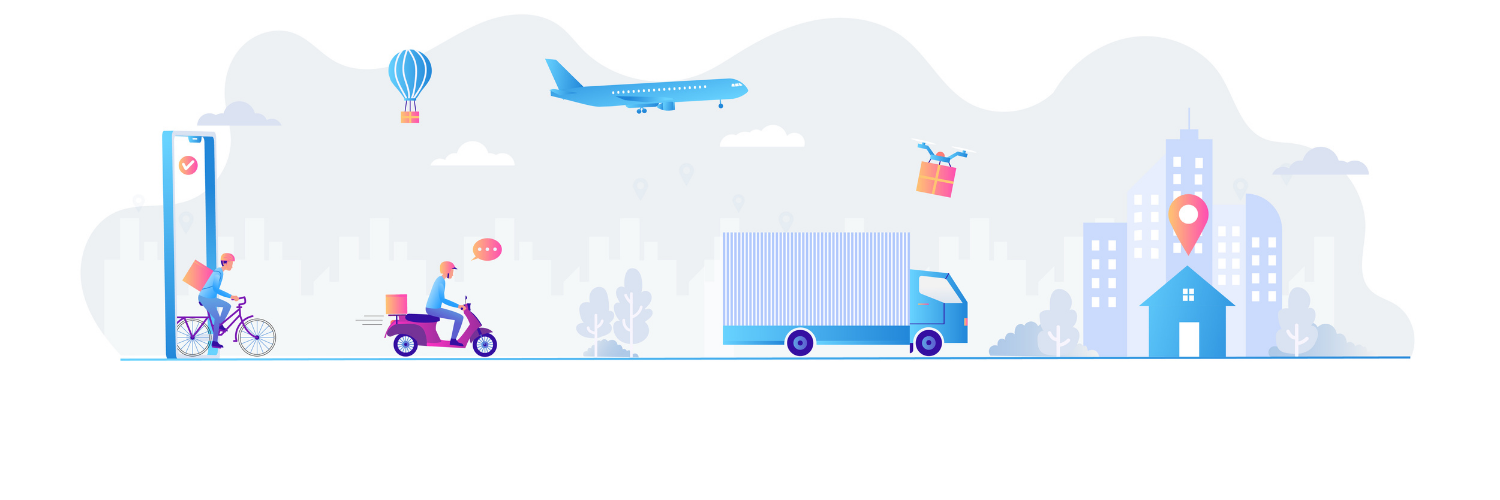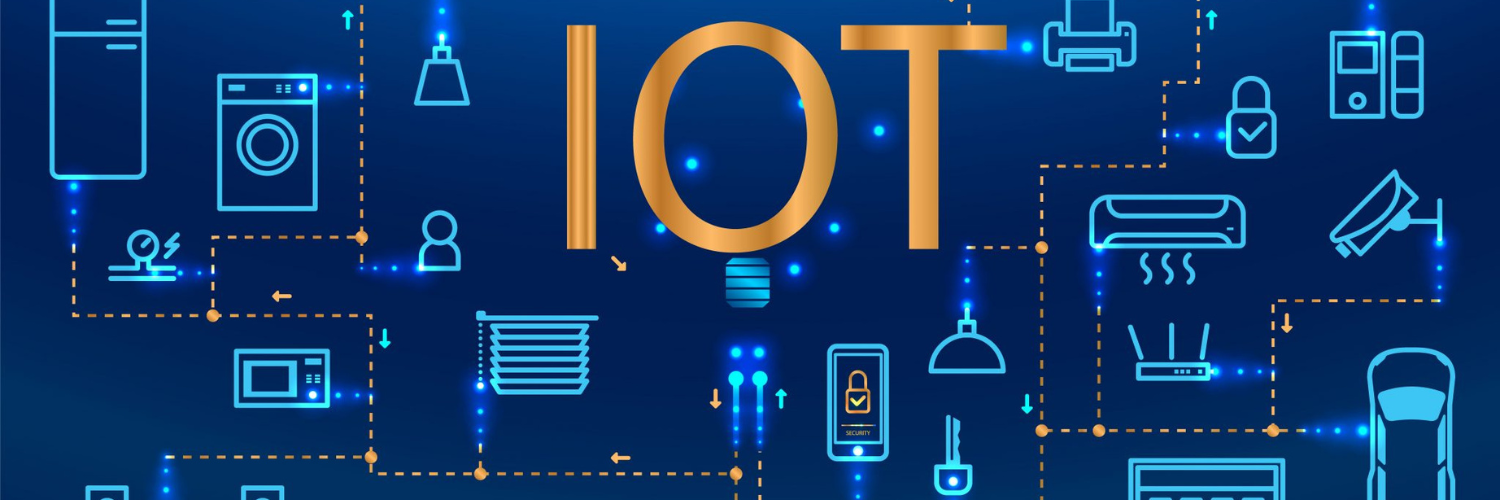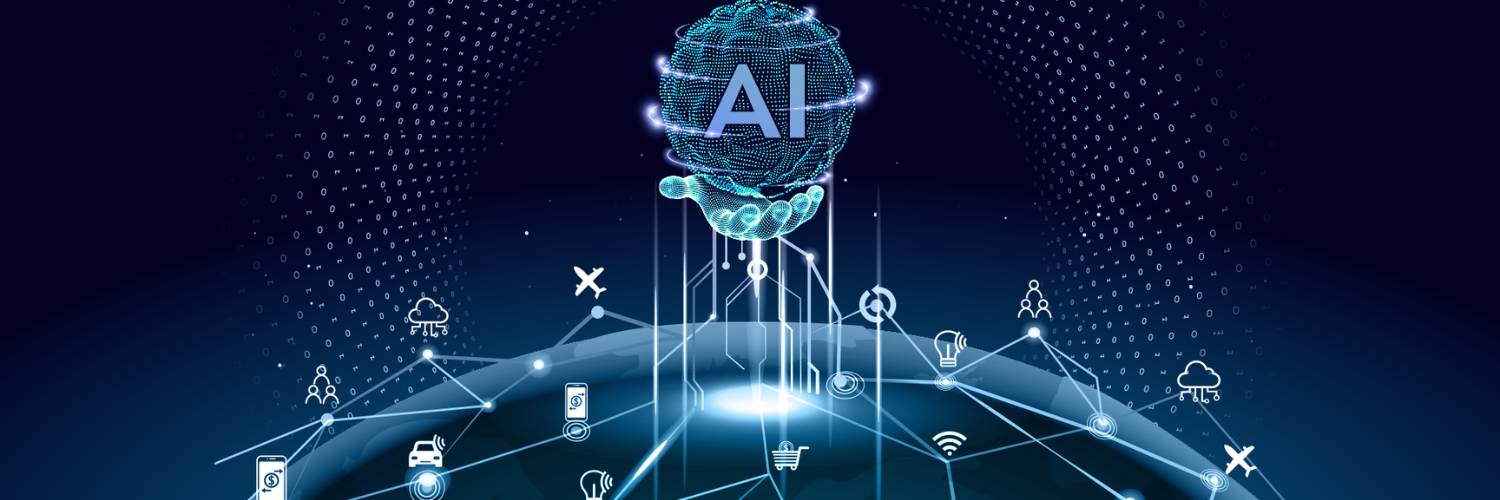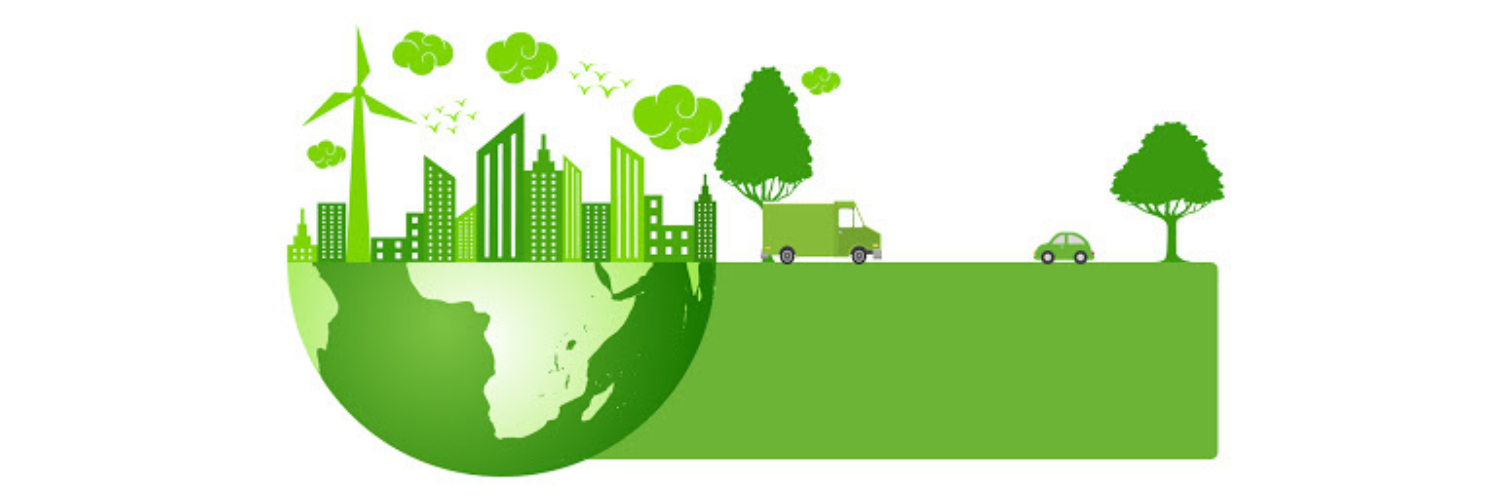To understand the sustainability implications of working virtually, companies need to consider a range of environmentally relevant employee behaviors. And that is exactly what we are going to speak about in this article.
Studies show that by 2028, around 73% of all departments will have remote workers. Big corporate companies are choosing remote working as much as possible, even in post-pandemic times, by solving how to increase employee engagement remotely.
Without any doubts, working from home is not an occasional work pattern anymore. Such a working arrangement is essential for modern business continuity and employee retention.
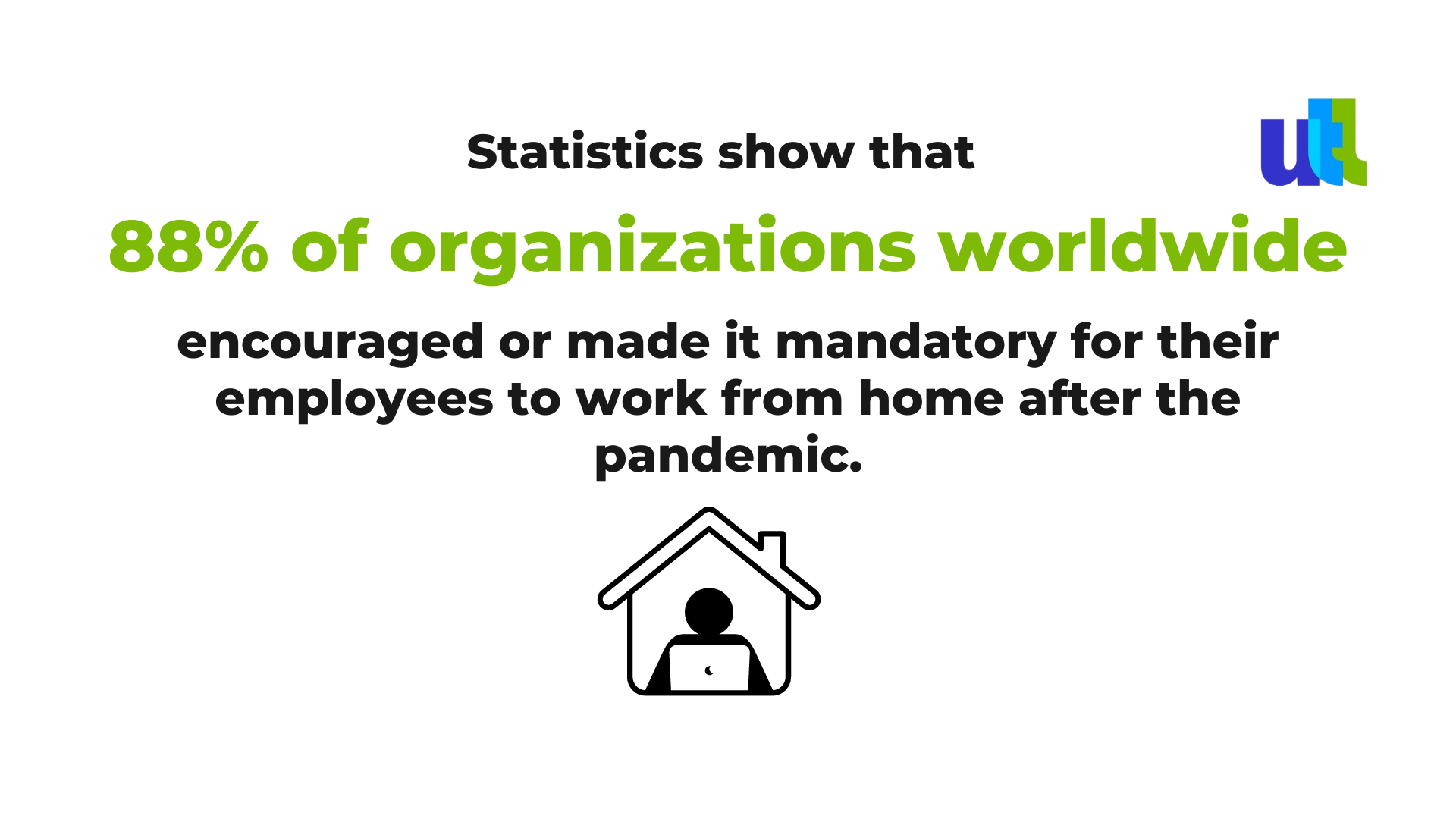
It is also a well-known fact that remote working (when organized well with the use of the right tools) has lots of employee-oriented benefits, such as flexible working options, work-life balance, and saved time (and money) on travelling. Though, one of the most significant benefits of remote work is its positive environmental impact.
Environmental benefits of using a virtual working platform
To understand the sustainability implications of working in virtual office environments, companies need to consider a range of environmentally relevant employee behaviors.
The latest studies show the higher usage of virtual working environments helps to majorly decrease greenhouse gas emissions, the consumption of fossil fuels, usage of energy-consuming office supplies, and, thus, reduce power consumption.
We will highlight four behavioral domains that are particularly important: energy, travel, technology, and waste.
The behavioral change across these 4 makes a major difference when aggregated across individuals, teams, companies, and industries.
1. Energy
Often, maintaining fully equipped offices requires much bigger amounts of energy. During one workday inside the office, employees use a vast amount of physical office resources. Consider all the must-have office supplies, from printers to coffee, from cleaning supplies to security systems.
However, such impacts can vary substantially by employee’s individual characteristics (e.g., awareness, attitudes, family size, wealth), home infrastructure (e.g., building energy ratings, energy supplier, etc.), and even situational factors (e.g., geography and season).
Speaking generally, the energy consumption in offices is nearly twice as high. Office spaces tend to use more energy since the workplace environment has many diverse requirements.
A common example: an employee might not want to turn off the light as frequently as they would inside their home.
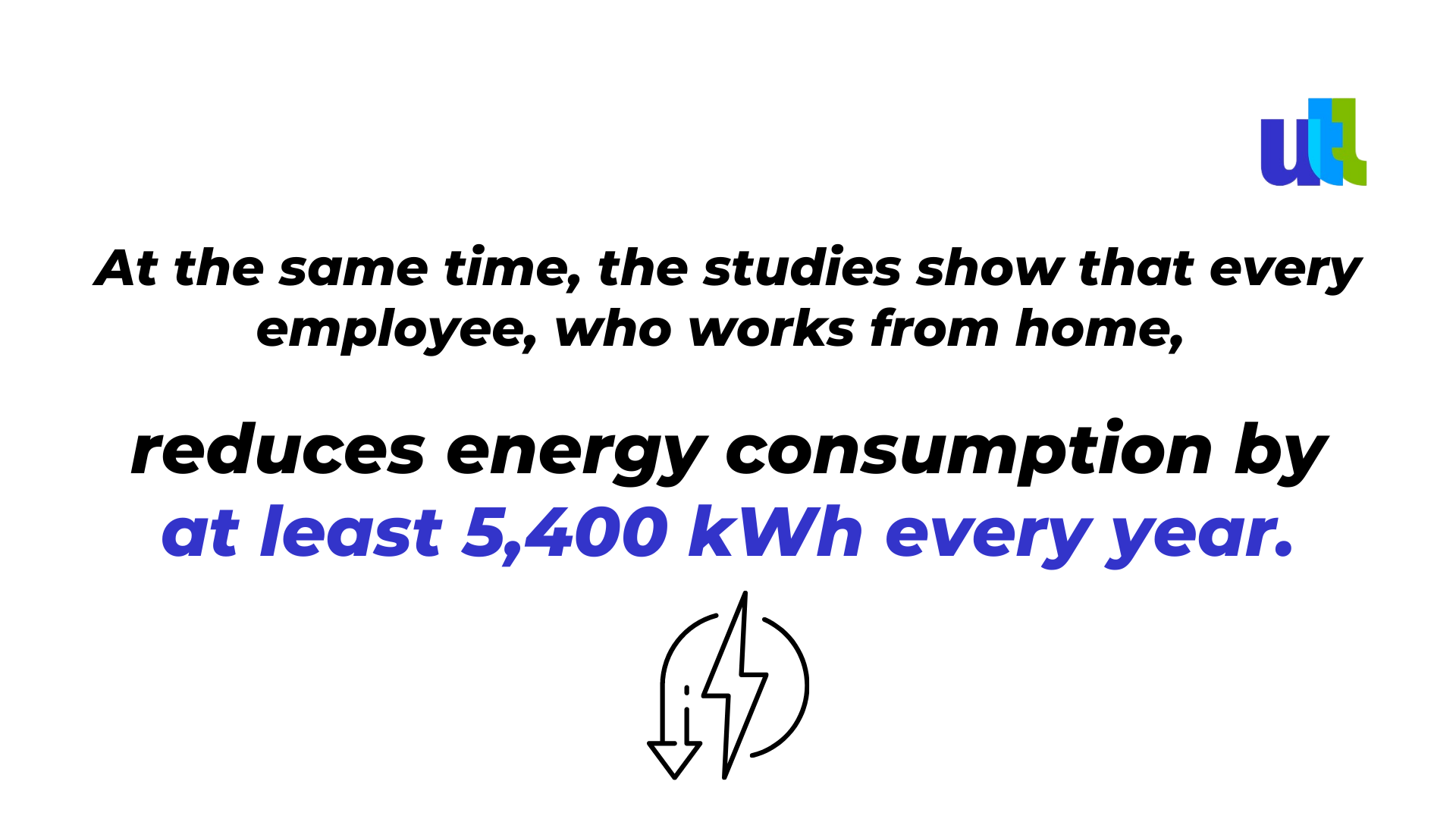
2. Transportation
Even after all the environmental actions and public movements pre-pandemic, a significant amount of people going to work and coming back home were using petrol or diesel vehicles every day. Thanks to remote working, fossil fuel consumption has seen a massive decrease.
Just think of it: getting rid of traffic jams and travelling to the office every single day with often long distances affects positively not only employees’ stress levels, but also our future.
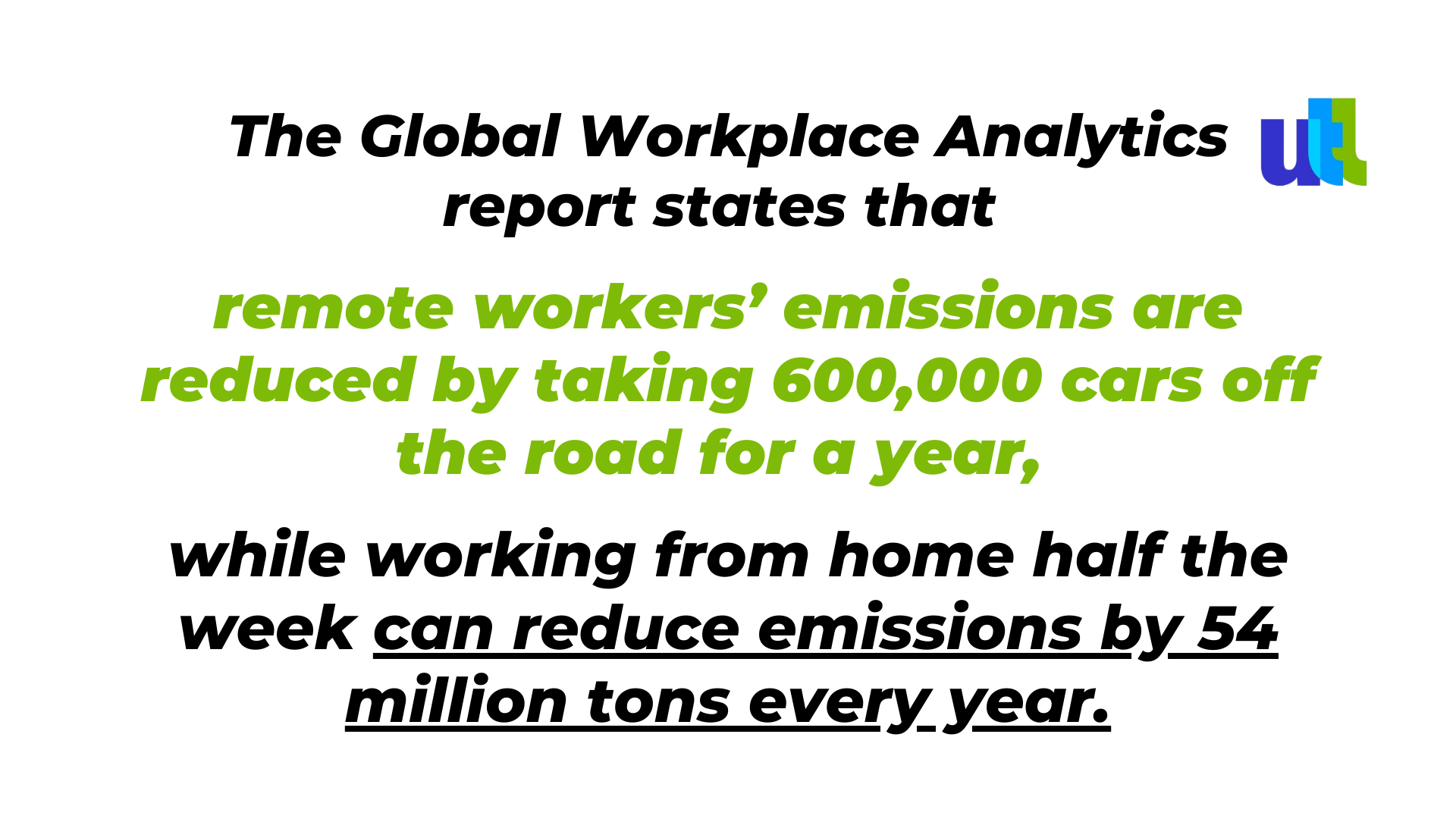
Apart from changes to the work commute, potential changes in emissions arising from business-related travel in hybrid settings (e.g., events and conferences) will also matter.
3. Technology
Due to the fast-growing digitalization, there is a reduction in paper use. The paperless office strategy saves millions of trees.

We also can’t but mention the technological advancements and the speed with which they are announced. Virtual working mode calls for them.
4. Waste footprint
For example, in the UK, recycling increased during the first lockdown in 2020; this also aligns with past research showing that employees adopt way more sustainable waste practices at home rather than in their office space. Also, plastic use has decreased since employees no longer feel the need to use plastic cups more times during one day while working from home.
Thus, working in the Metaverse may have a net positive environmental impact on waste management behaviors.
And although there is also a risk of increased e-waste (an estimated 50 million tons a year globally), only 20% of which is formally recycled, mixed waste from the physical office environments has a greater negative impact still.
How can companies make virtual working more environmentally sustainable?
Organizational leaders who care about reducing their workforces’ environmental impacts (and probably in 2023 all leaders should) can start by designing remote working plans and their unique policies with the following three considerations in mind:
1. Implementing the right technological solution
Many of the best remote work tools create a virtual office that functions also as remote employee monitoring software.
Check our all-in-one effective virtual office solution.
2. Embed a sustainable culture and policies
This means that sustainability considerations are routinely embedded in every corporate decision across all departments.
3. Act local, think global
Companies need to consider the unique circumstances of their employees and physical location as well as the characteristics of their business operations to identify the most relevant behaviors.
To sum up
Recent surveys show that 91% of remote employees would like to continue their hybrid or remote working, and 76% say their employer will allow them to work remotely in the following years.
Of course, the net sustainability impact depends on several employee behaviors, from travel to energy use, from digital device usage to waste management. It also depends on several situational factors like home building and local infrastructure.
But it is safe to say that overall working in a virtual office is beneficial not only for employees but also for the environment.
Alongside paying attention to the specific circumstances to better understand the dimensions of environmental impacts, it is crucial to embed the right technological solution for remote work and a culture of sustainability (providing support, policies, and leadership for the whole team).
For free consultation about virtual office environment click here.
----------------------------------------------------------------------------------------------
View the full presentation:
WRITTEN BY
Sofia Kutko
2023-01-12















